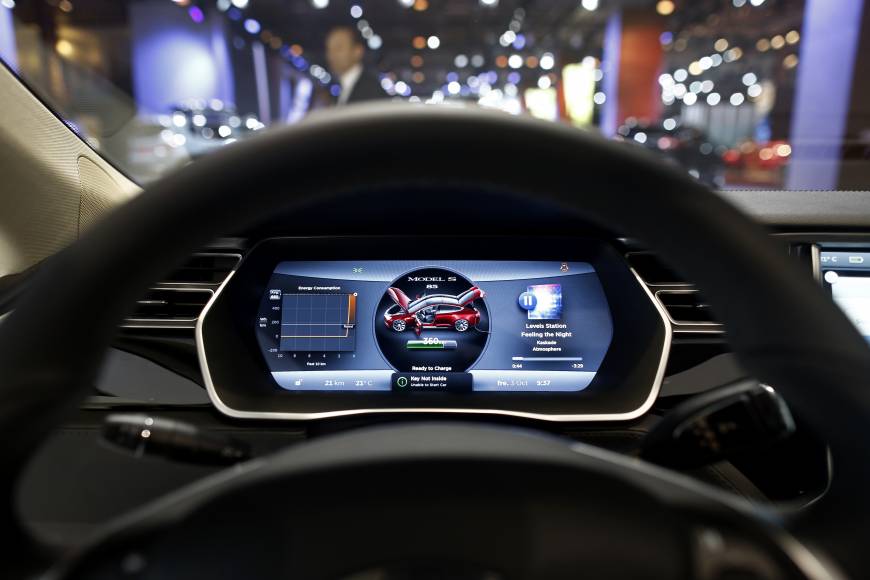Schlagwort: self driving car
-

A DIY autonomous lane keeping system on a budget
Reading Time: 2 minutesDespite overconfident proclamations from high-profile players in the tech and automotive industries, we’re still a long way from fully autonomous self-driving cars. Current prototypes work well under ideal conditions, but are easily thwarted by everyday real world anomalies. Lane keeping, however, is a much more approachable challenge and Computerphile was able add…
-

This converted RC car uses a Portenta H7 to drive itself
Reading Time: 2 minutesJeremy Ellis is a teacher, and as such, wanted a longer-term project that his students could do to learn more about microcontrollers and computer vision/machine learning, and what better way is there than a self-driving car. His idea was to take an off-the-shelf RC car which uses DC motors, add an Arduino Portenta…
-

Tesla Autopilot saves Driver, proof of Working Technology
Reading Time: < 1 minute[mbYTPlayer url=“https://www.youtube.com/watch?v=9X-5fKzmy38″ opacity=“.5″ quality=“medium“ ratio=“auto“ isinline=“false“ showcontrols=“false“ realfullscreen=“true“ printurl=“true“ autoplay=“true“ mute=“true“ loop=“true“ addraster=“true“ stopmovieonblur=“false“ gaTrack=“false“]


